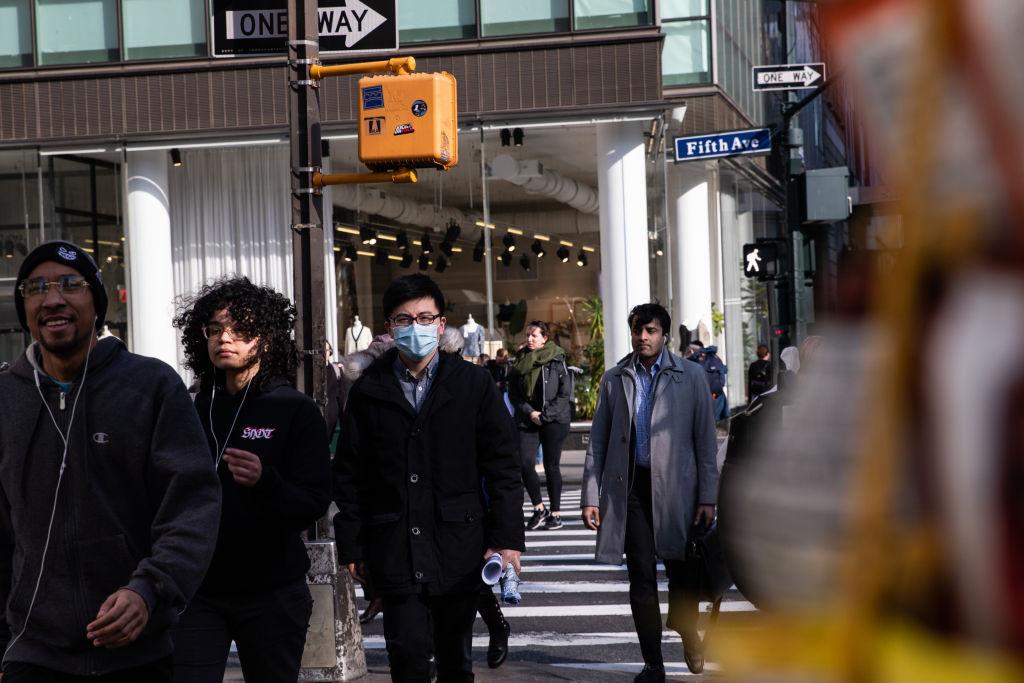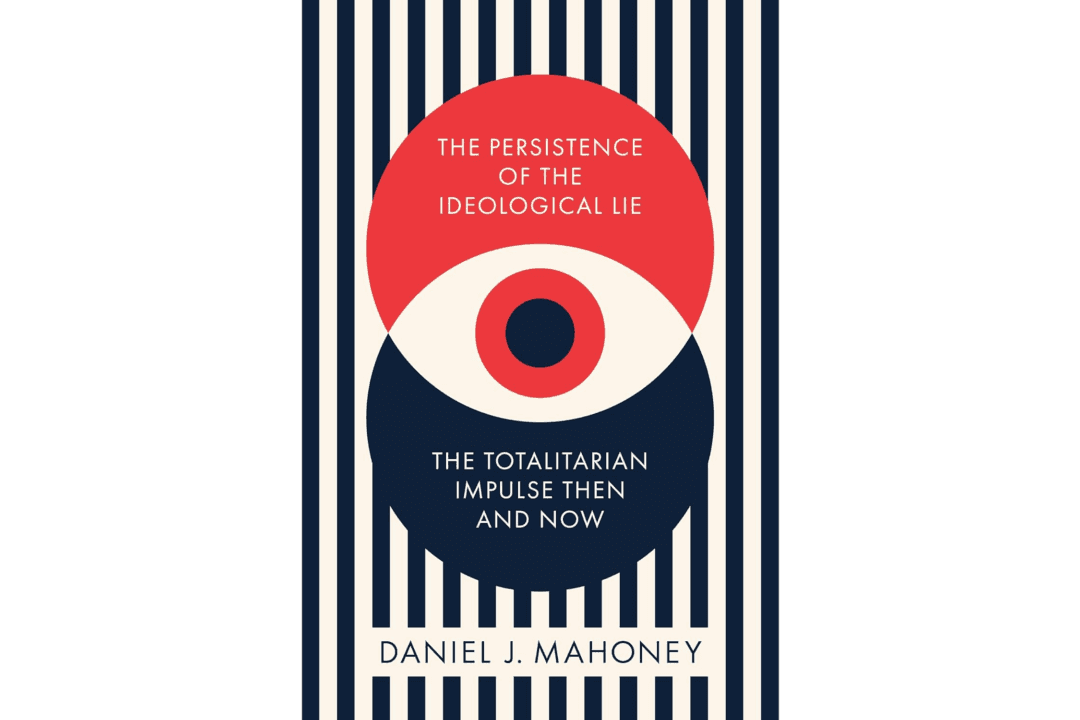I have never been “canceled,” but that may be about to change. Not because of any unsubstantiated claims that I am about to advance, but because of whose book I am reviewing. That would be former New York Times reporter Alex Berenson, who’s been removed from various social media venues.
At least I never joined the “Twitter-verse” or Instagram, so I won’t miss them.






